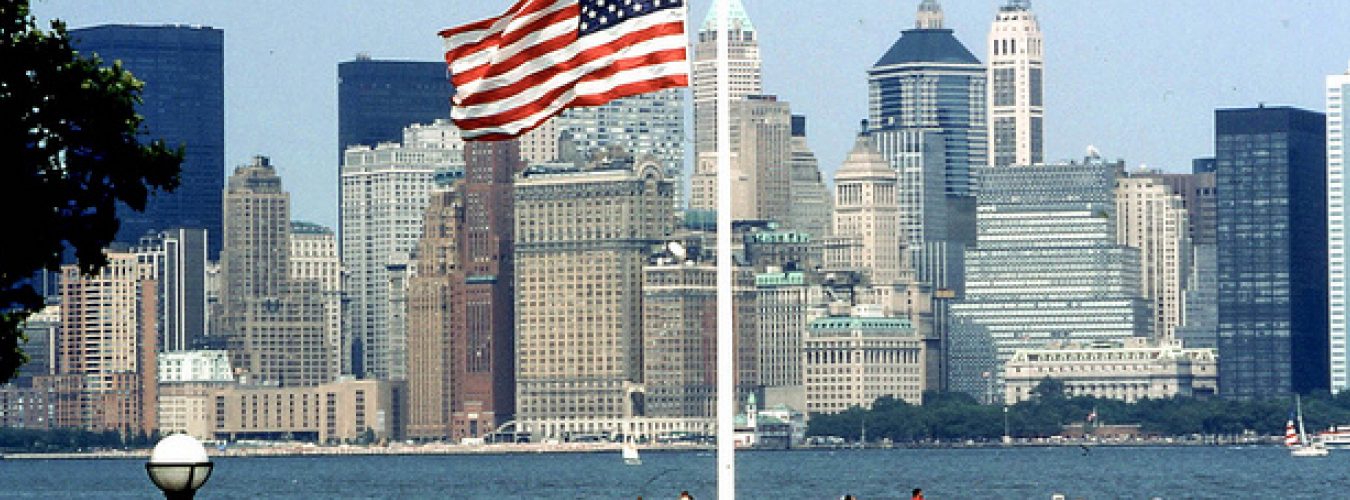The US economy, in September, added jobs at a far slower rate than predicted. A worrying warning for the US economy’s future, even if the total was held back somewhat by a dramatic decline in government employment. The Labor Department, on October 8, said that nonfarm payrolls increased by only 194,000 in the month, compared to a Dow Jones projection of 5,00,000. The unemployment rate dropped to 4.8 percent, beating expectations of 5.1 percent and reaching its lowest level since February 2020.
The headline figure was dragged down by a 1,23,000 drop in government payrolls, while private payrolls rose by 3,17,000. The unemployment rate fell while the labor force participation rate fell, indicating that more people who were laid off during the Covid-19 outbreak have gone back to work. A broader measure, which encompasses the so-called discouraged workers and those working part-time for financial reasons, fell to 8.5 percent, a pandemic-era low.
“This is a very disappointing study,” said Nick Bunker, Economic Research Director at Indeed. “For the labor market, this year has been a year of false dawns. Although there is a high need for labor and millions of individuals wish to return to work, job growth has yet to gain traction”.
Notwithstanding, the markets was largely not reactive to the news. Despite the low number of jobs, earnings climbed dramatically. As employers used salary hikes to offset the continuing labor shortage, the monthly gain of 0.6 percent pushed the year-over-year increase to 4.6 percent.
In September, the available workforce fell by 1,83,000, falling 3.1 million short of where it was in February 2020, shortly before the epidemic was proclaimed. “Labor shortages are constantly putting considerable upward pressure on wages at a time when the return of low-wage leisure and hospitality employees should be reducing the average,” said Andrew Hunter, senior US economist at Capital Economics.
The leisure and hospitality sector dominated job creation once again, adding 74,000 posts as the jobless rate fell to 7.7% from 9.1%. 60,000 people worked in professional and commercial services, while 56,000 people worked in retail. Transportation and warehousing (47,000 jobs), information (32,000 jobs), social assistance (30,000 jobs), manufacturing (26,000 jobs), construction (22,000 jobs), and wholesale commerce (22,000 jobs) all saw job growth (17,000 jobs).
According to Gus Faucher, Chief Economist at PNC, local government education jobs declined by 1,44,000, which could be attributable to seasonal adjustments in the numbers. Unemployment among Blacks declined to 7.9% from 8.8%, owing mostly to a drop in the labor force participation rate for men to 66% from 66.7 percent.
In Friday’s report from previous months, there has been some positive news. July’s already-strong growth was bumped up by 38,000 to 1.0913 million, while August’s significant drop was modified up to 3,66,000 from 2,35,000 reported earlier. The employment-to-population ratio rose to 58.7%, the highest level since March 2020. The findings come at a key juncture for the US economy, with recent figures indicating strong consumer expenditure amidst rising prices, industrial and service sector growth, and growing housing expenses
Officials from the Federal Reserve are keeping a tight eye on the job market because inflation has reached and exceeded the Fed’s two percent target, the central bank has recently suggested that it is ready to begin withdrawing some of the unprecedented assistance it provided during the pandemic crisis. Officials, on the other hand, have stated that the labor market is still far from full employment, which is required for interest rate hikes. According to current market expectations, the first-rate hike will most likely occur in November 2022.


















Add comment